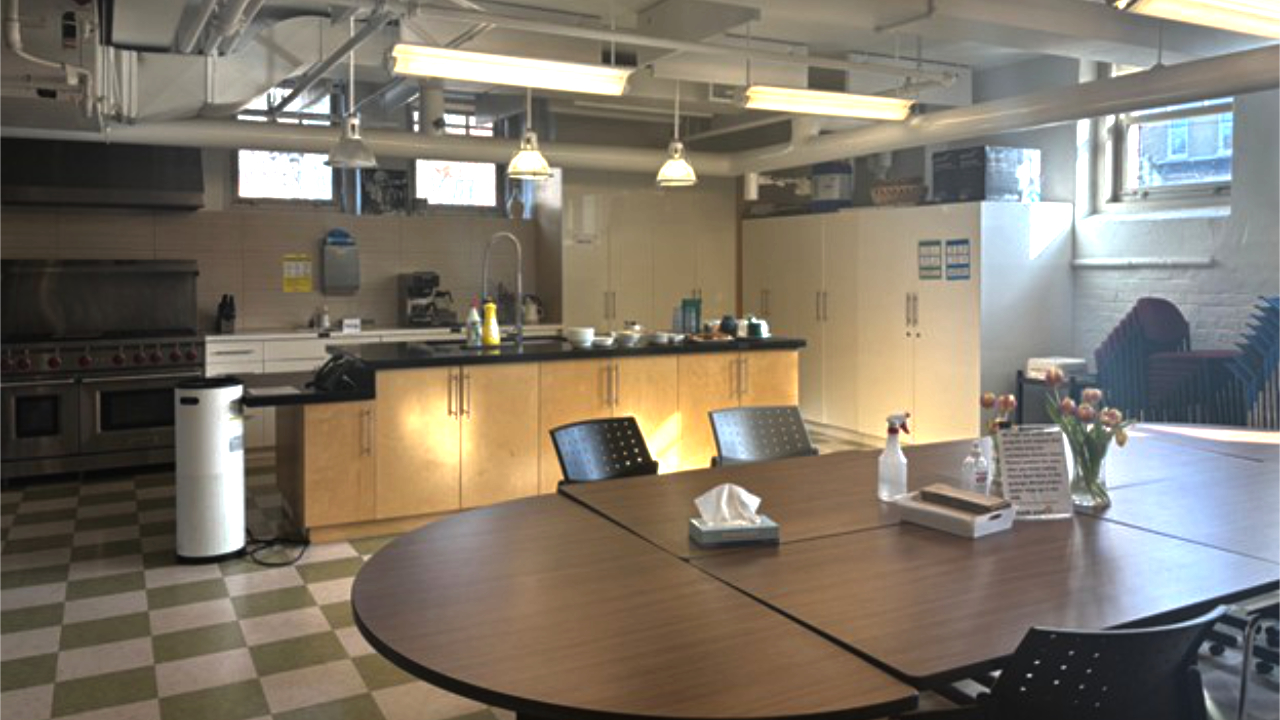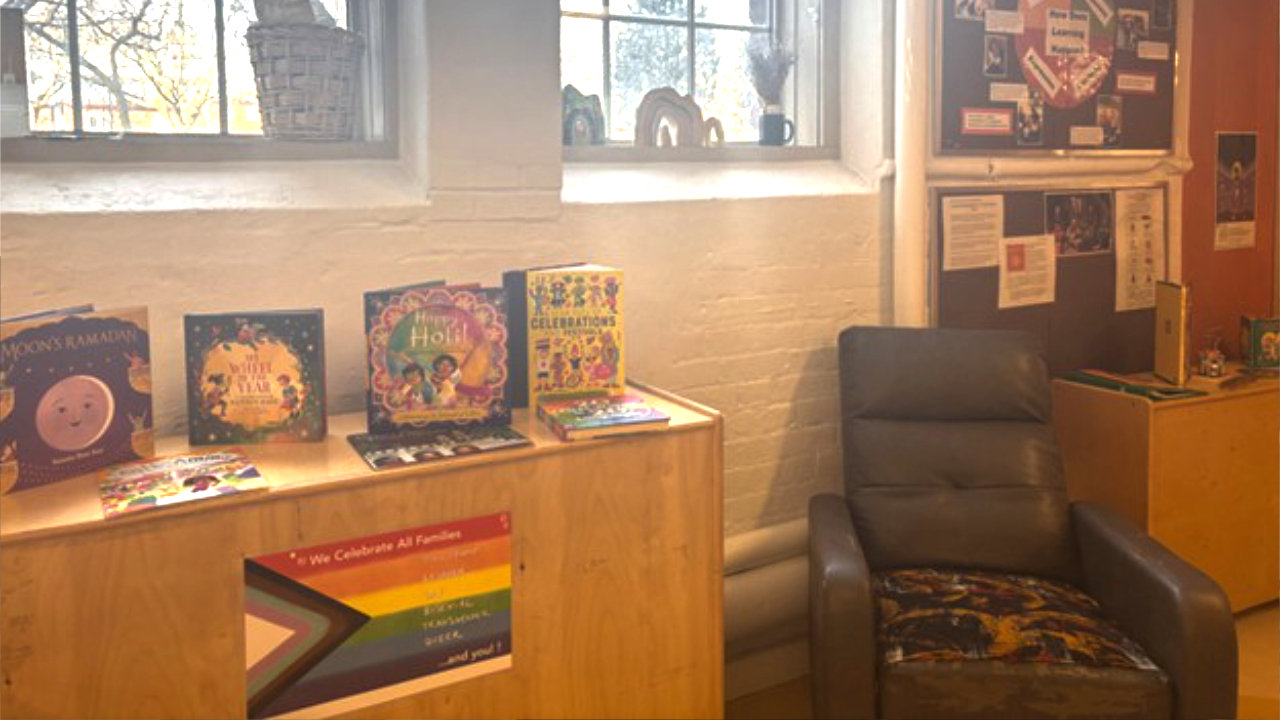
In October 2024, when United Way Greater Toronto and the Infrastructure Institute at the School of Cities, University of Toronto released their report, Essential Spaces: Real (Estate) Solutions for Community Needs, they revealed that 70% of social service agencies were at risk of losing their spaces. As a result of that finding, it became clear that a new type of initiative would be needed to support the social service network of organizations that rent their spaces.
Based on that, United Way Greater Toronto (UWGT) launched their Community Real Estate (CRE) initiative. This venture aims to secure spaces for nonprofits, charities and communities by acquiring real estate to keep these projects existing in an in-person environment. Social purpose real estate can help guarantee that communities will still have a meeting place no matter how much rent is increased in Peel, Toronto and York Region, and give them assets that go beyond financial gains.
“We see it as critical to supporting communities and that those assets are really important in neighborhoods, especially as the GTA continues to grow,” said Stefphon Nibbs, United Way’s Director of Community Real Estate. “We need to ensure that community assets are maintained and remain accessible to folks in their neighborhoods and in their communities,” he said.
However, the initiative is not just about the present, but also about the future. Organizations need to be able to not only afford maintaining these properties now but keep having the funds to support them over time.
Although the financial impact is huge and can save many non-profits from disappearing, Nibbs says the impact on people and communities is what matters most.
“We’ve gone deep in community and we’re really looking to see that impact from the ground up,” Nibbs said.
Even before the initiative officially launched, one of the organizations United Way supports benefited from it.
College-Montrose Children’s Place (CMCP) is a non-profit community organization that for over 42 years, has offered free family support and programs for children under six in Toronto’s downtown west end. CMCP provides a space for children and caregivers to connect, support, promote a healthy lifestyle and build a community.

CMCP found its home about 10 years ago at the Youngplace Building in the West Queen West neighbourhood in Toronto. Despite the challenges that came with the COVID-19 pandemic and the constant rent increases, CMCP survived and kept their community meeting place alive. That was until early 2024, when the company that managed the building declared bankruptcy.
“It is essential for our hub to be here. The fact that the community supported us—that many years ago helped raise over $600,000 to build this place — we thought that this was a home of our own,” said Corina John, Executive Director of College Montrose Children’s Place. “And then on our 10th anniversary here, we realized we either had to buy it or get out,” she said.
“We were not going to be able to afford new rent rates with all of this inflation and everything that had happened post COVID. We just wouldn’t have been able to afford it,” John said.
John got in touch with Ruth Crammond, United Way’s Vice President of Community Infrastructure. Crammond was familiar with this project, and told John that they were starting to develop a social purpose real estate initiative, but that she wasn’t sure if it would be ready in time for CMCP.
“Even though the initiative wasn’t fully up and running, United Way jumped in and they were essential in the support they provided for us,” said John.
“We partnered with New Market Funds, a fund administrator helping us on the transaction side to go through that due diligence process and the transaction process with College Montrose,” Nibbs said. “We found that the organization would be able to sustain a mortgage for themselves, with some equity.”
John explains how they became the first project of this initiative. “(They said) We’re going to do this with social purpose real estate and CMCP will likely be the first pilot organization to work through this with United Way. And we were and it’s been incredible.”
“We need to create that sustainability and resilience within the sector and ensure that folks in that neighborhood are able to access the childcare services that they need,” Nibbs said, “and that as the real estate market continues to move, shift, change and grow that those assets are protected and secure in the community.”
“Maintaining the space means so much more than having a beautiful program space,” John said, “but it really does create and ensure that these places, these programs will continue to run for the next 40 plus years because we could afford it. It’s ours now.”
For John, the support United Way gives is multi-layered. “The emotional support, the financial support, and then the resources that they bring to the table too. I don’t think we could have done it without United Way,” she said.
“The fact that we now own our property is huge for a nonprofit; it’s not something CMCP has entertained before, and we never really would have considered it,” John said.
Now that CMCP has their forever home secured, some would think the future holds big plans. But for John, although she is still in the “surreality” of owning this space, the future of CMCP now that their home is secured is to actually execute their mission, without any more financial worries.
“We can take all of the energy that was sitting there for that (rent) and allocate it to how we can raise healthy children, healthy families, and healthy communities. That’s our mission, and so we get back to just focusing on that. And we can do that now,” she said.
“I think with the stability of having our home here, it means that we can get back to really being responsive to our community’s needs and being able to do that immediately is essential. It takes that village to run this organization and we couldn’t do it without their help,” John said.
Nibbs says the future of Community Real Estate looks bright.
“It’s been great to see the amazing work that is happening across the region. I think oftentimes we talk about how the community service sector is sometimes invisible to folks. But for many, this is their saving grace,” Nibbs said.
The first grant, the expanding Community Space Service Grant, launched in November 2024. This grant aims to focus on supporting agencies who have a project in mind or underway that needs funding. Organizations applied in the beginning of the year, and the eligible programs could receive up to $250,000 per project for up to two years.
“We are in the process of finalizing our grant recipients. So that’s exciting and we’re looking forward to making those announcements coming up, in the spring,” Nibbs said.
If people want to help this Community Real Estate initiative, there are multiple ways to help.
“We’re looking to raise $100 million to go towards this. If there is anybody who is interested in having a fundraiser or looking to directly support our Community Real Estate fund, we would love to have a conversation with them,” Nibbs said.
While financial donations are vitally important, Nibbs highlights the importance of pro bono work.
“I think there’s lots of opportunities in and around the sector to support with pro bono services, because we understand that this stuff costs a lot of money and oftentimes folks may not have it.” Nibbs said. Whether it is donating money or some of your time to a local organization, it’s in times like this that the community shows up and saves the day. It’s about finding a way—any way we can.

This story was produced as part of a partnership between Centennial College journalism students and United Way Greater Toronto.
